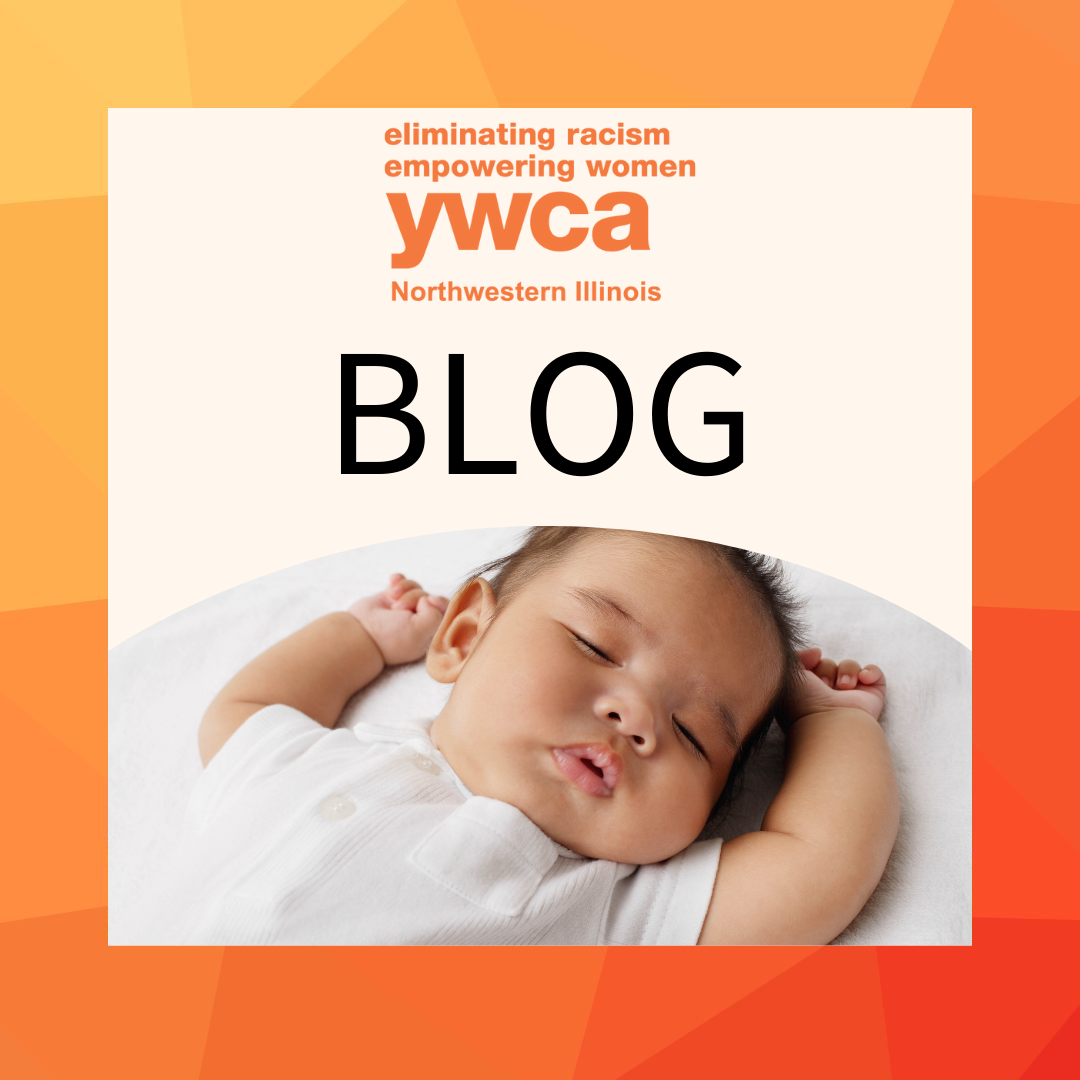When you bring a new baby home, your world transforms into a whirlwind of joy, sleepless nights, and endless questions. One of the most crucial aspects of ensuring your baby’s well-being is creating a safe sleep environment. While the topic might seem daunting, understanding and implementing safe sleep practices can make a world of difference for your little one’s health and your peace of mind. Let’s dive into the essentials of infant safe sleep and discover how you can create a snug, secure haven for your baby.
The Back to Sleep Rule: A Game Changer
It’s the golden rule in infant sleep safety: always place your baby on their back to sleep. This simple action can significantly reduce the risk of Sudden Infant Death Syndrome (SIDS). Even as your baby grows and starts rolling over on their own, continue to place them on their back when you put them to sleep. It’s like hitting the safety jackpot—so straightforward, yet incredibly effective.
Crib, Bumper Pads, and Soft Toys: Keep It Simple
When it comes to your baby’s sleep space, think minimalism. A firm mattress in a safety-approved crib or bassinet is all you need. Ditch the bumper pads, pillows, and stuffed animals—they’re adorable, but they pose c
hoking and suffocation risks. Instead, opt for a snug sleep sack or wearable blanket to keep your baby cozy without the risk of loose blankets.
Room Sharing, Not Bed Sharing: The Best of Both Worlds
The American Academy of Pediatrics (AAP) advises that your baby should sleep in the same room as you for at least the first 6 months, ideally up to a year. However, this doesn’t mean co-sleeping in the same bed. Your baby’s crib or bassinet should be placed near your bed, keeping them within arm’s reach but in their own space. This setup offers the best of both worlds: convenient access for nighttime feedings while ensuring a safe sleep environment for your baby.
Keep It Cool: A Comfortable Sleep Environment
Think of your baby’s sleep space as a cozy yet cool retreat. The ideal temperature is between 68-72°F (20-22°C). Overheating can be risky, so dress your baby in light layers and avoid using too many blankets. A well-ventilated room helps keep things comfortable and reduces the risk of SIDS.
Smoke-Free Zone: A Healthier Sleep Space
Create a smoke-free environment for your baby. Exposure to tobacco smoke—whether during pregnancy or after birth—can increase the risk of SIDS. A smoke-free home is one of the best gifts you can give your baby for their health and safety.
The Power of Tummy Time
While tummy time is crucial for your baby’s development, it should never be used as a sleep position. Supervised tummy time helps build strength and coordination, but always place your baby on their back to sleep. Think of tummy time as the playtime counterpart to sleep safety.
Skip the Sleep Positioners
Sleep positioners might sound like a good idea, but they’re actually not recommended. These devices can be dangerous and are not proven to prevent SIDS. Stick with a firm mattress and the back-to-sleep position for the safest sleep environment.
Regular Check-Ups: Your Safety Net
Regular pediatrician visits are key to monitoring your baby’s growth and development. Check-ups are also a great opportunity to discuss any sleep concerns or questions. Your pediatrician is your go-to expert for tailored advice on creating a safe sleep space.
In Conclusion: Sweet Dreams Start with Safety
Navigating the world of infant sleep can feel overwhelming, but remember that creating a safe sleep environment is about simplicity and vigilance. By following these guidelines, you’re not only ensuring your baby sleeps safely but also paving the way for a healthy start to life.
So, relax and enjoy those precious moments with your baby. Rest assured, you’re doing an amazing job—one sleep safety tip at a time!
-Monica Lozano, Family Services Coordinator




